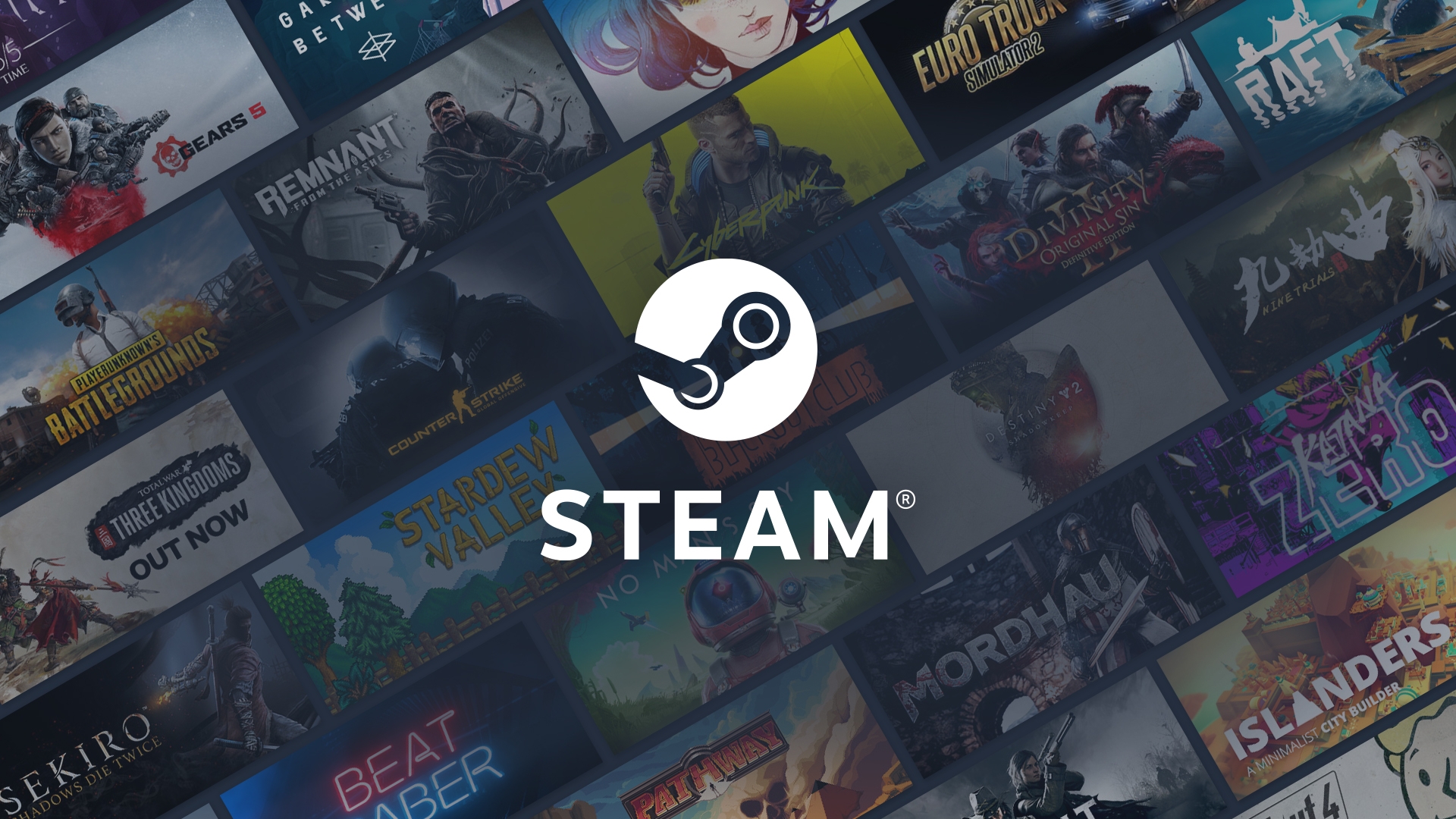
WWW.GAMEDEVELOPER.COM
Want to know the best way to gain attention on Steam? Add a demo.
Aron Garst, ContributorMarch 31, 20255 Min ReadVia Valve2023 gave Steam quite the scare. The premiere PC gaming marketplace saw a major downturn in revenue for new games, pushing Valve to put significant work into new features that would drive engagement and sales on the platform.Their main priority? Pushing developers to add demos and putting those demos in front of as many players as possible."In 2023, Valve actually made less money from new games, it actually declined," said game marketing strategist Chris Zukowski. "All of 2024 was them pushing out features, thinking that they needed to fix the issue. They Flooded the store with features that all focus on demos. Valve was saying, in not so subtle terms, that everyone needs to make a demo."Everything is demo orientedZukowski gave a talk on navigating these new Steam features at the Game Developers Conference in San Francisco. We sat down with him after the talk to dive into the topic in more detail. The main point of the talk was that demos are the key to getting discovered on Steam. It's natural, according to Zukowski, that interest in your game will have a greater chance at visibility if you give streamers a way to play."For most games, social media doesn't work," Zukowski said. "And the reason is streamers can play a demo. Streamers can't play a screenshot. They need the demo, and when they play it on stream, it brings their audience."Related:While the majority of the talk was focused on demos, Zukowski also elaborated on what else developers can do to get exposure for their demo and game. It involves launching a page, gathering some sort of audience, and then running a playtest in order to drum up interest. Developers only have one shot at releasing a demo and leaving a good impression, and a playtest can give them a chance to "iron out the kinks" according to Zukowski. He estimated, from extensive data, that 100 concurrent players may be the threshold to being discovered by the algorithm."The real revelation is that a demo launch is front page featuring now," Zukowski said. "It's big, but you have to have an existing audience and you have to have enough players simultaneously playing your demo for the Steam algorithm to put you on the front page."Zukowski was insistent that you can't just throw a game page up on Steam, launch a demo, and then expect success. It's not that easy for developers to get discovered in a marketplace that sees thousands of new games released every year."The playtest is like priming the pump," Zukowski said. "It's getting the pump working."Related:Zukowski brought up several specific examples of games using this method within the past year. Some had been near dormant for months, sometimes years, before running a playtest and then launching a demo. Those games' wishlist numbers shot up soon after.A common mentality: release demos close to a game launch, so that players could try the experience and have it be top-of-mind when the full game hits. Zukowski refutes that idea, saying that momentum doesn't play a role in smaller game launches. The games are so small that a big influx of players, especially a long way from launch, is better than trying to set up some sort of curated event around launch.The good, the bad, and the AI slopOne point brought up during Steam Next Fest was that these new demo and discovery features elevated almost every game who utilized the feature on Steam, including what some journalists called "AI slop.""Day one of Next Fest, everyone gets a certain amount of impressions," Zukowski said, adding that wishlist numbers will impact how many impressions a game may get at first. On day two, Zukowski pointed out that Steam had given visibility to everyone, including games many considered poor quality. "That's Steam giving everyone visibility."Steam's algorithm then gives certain games more of a boost based on impressions and other statistics. Games that don't get that attention will sink to the bottom, having wasted their chance at gaining players while showcased on the front page.Related:The system that Steam is using for demos is brand new. It's not even a year old in its current iteration. The main question that popped into my mind was, "How well with all this work in a few years after demos have flooded the store just as much as other games have?" Zukowski's answer was that discoverability isn't that much of an issue to begin with.He showed me a graph that he had removed from his talk, as it would "take too much time to explain" as part of his current presentation. It showed how many games were released per year on Steam and how many games of that number actually received more than 50 reviews.From 2019 to 2024, several thousands more games were released each year, culminating in over 18,000 games in 2024. However, only a little over 4,000 of those games actually received more than 50 reviews. The same went for every year, where only a fraction of the games released picked up any traction on Steam."I think the problem is that [...] a lot of people are making their first game. They don't know how to make the type of game the Steam audience likes, or aren't skilled enough, or it's just their first game. I think the biggest limiting factor is not visibility, Steam gives us a ton of visibility," Zukowksi said, adding that Steam players have a certain taste. "Demos give everyone a better chance to see these games and make a judgement."Read more about:GDC 2025Top StoriesFeaturesAbout the AuthorAron GarstContributorSee more from Aron GarstDaily news, dev blogs, and stories from Game Developer straight to your inboxStay UpdatedYou May Also Like
0 Comments
0 Shares



